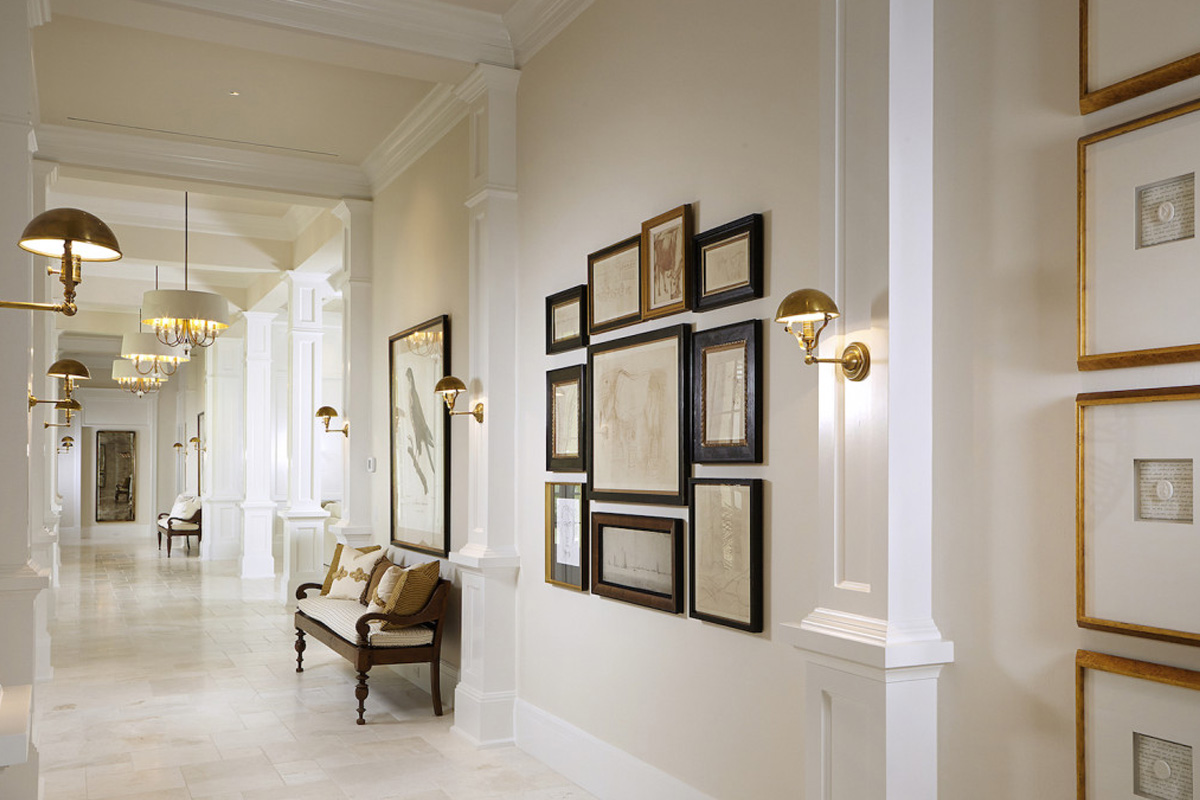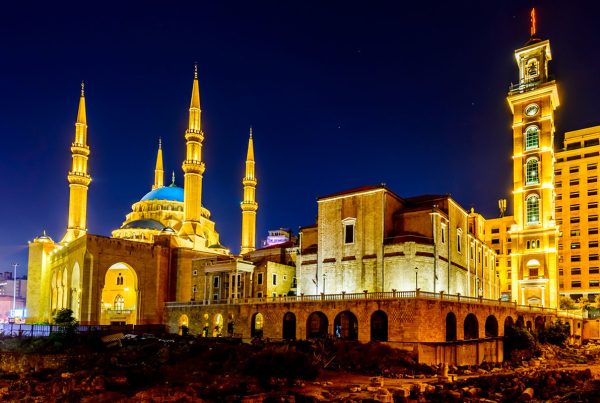Lebanon, a country steeped in history and cultural richness, boasts an architectural landscape that is as diverse and resilient as its people. From ancient ruins that echo the whispers of civilizations past to contemporary structures that mirror the dynamism of the present, Lebanon’s architectural tapestry is a captivating journey through time and design.
Ancient Heritage: Preserving the Echoes of the Past
Lebanon’s historical significance is evident in its well-preserved ancient ruins, with Baalbek’s Roman temples and the Phoenician city of Tyre standing as testament to the country’s rich past. The architectural remnants of these civilizations serve not only as tourist attractions but also as a source of inspiration for modern architects. The delicate balance between preservation and progress is a defining feature of Lebanon’s approach to architectural heritage.
Traditional Lebanese Architecture: A Timeless Elegance
Traditional Lebanese homes, characterized by red-tiled roofs, arched windows, and intricate stonework, reflect a harmonious blend of function and aesthetics. The design often revolves around inner courtyards, providing a cool retreat from the warmth of the Mediterranean sun. Today, architects draw inspiration from these timeless elements, incorporating them into contemporary designs that pay homage to the country’s architectural heritage.
Beirut’s Skyline: A Symphony of Old and New
The capital city, Beirut, showcases a fascinating juxtaposition of architectural styles. The scars of past conflicts are visible alongside modern skyscrapers, creating a unique urban tapestry. The reconstructed downtown area features contemporary architecture, with glass facades and modernist structures standing side by side with traditional Lebanese houses. This seamless blending of old and new reflects the resilience of the city and its people.
Influences of Religious Diversity
Lebanon’s religious diversity is mirrored in its architectural wonders. Churches, mosques, and synagogues coexist, each telling a story of faith and community. The grandeur of the Mohammad Al-Amin Mosque in Beirut and the historical significance of the Beiteddine Palace showcase the architectural diversity that arises from Lebanon’s mosaic of religious traditions.
Sustainable Architecture: Navigating Environmental Challenges
In recent years, Lebanon has faced environmental challenges, and architects have responded with a focus on sustainable design. Green building initiatives, eco-friendly materials, and energy-efficient designs are becoming integral to architectural projects. The commitment to sustainable architecture reflects a growing awareness of the need to harmonize modern development with environmental stewardship.
Architectural Innovation on a Global Stage
Lebanese architects have gained recognition on the international stage, contributing to global conversations on design and urban planning. Their innovative approaches, often rooted in a deep appreciation for cultural heritage, have earned accolades and partnerships with international firms. The global influence of Lebanese architects extends beyond the country’s borders, showcasing a rich blend of local identity and global vision.
Conclusion
Lebanon’s architectural landscape is a testament to the country’s resilience, cultural richness, and commitment to preserving its heritage while embracing the future. From the ancient ruins that speak of bygone eras to the modern skyscrapers that pierce the Beirut skyline, Lebanese architecture tells a story of adaptation, creativity, and a deep connection to the land. As the country navigates its path forward, its architects continue to shape spaces that harmonize tradition with innovation, creating an architectural legacy that reflects the spirit of Lebanon.






